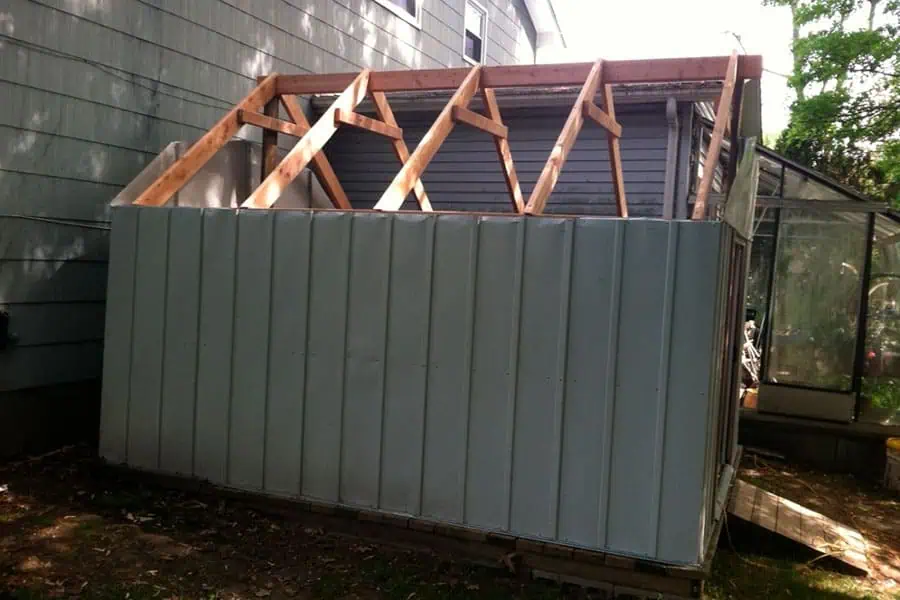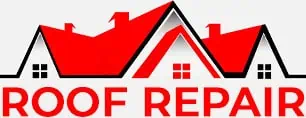Shed Roof Repair

Introduction
Shed roof Repair is a common maintenance task for homeowners to ensure the longevity and functionality of their outdoor storage spaces. This process involves removing old roofing materials, preparing the surface, and installing new roofing materials to protect the shed from weather elements.
Reasons for Repair
- Wear and Tear: Over time, roofing materials can deteriorate due to exposure to the elements, leading to leaks and structural damage.
- Leaks: Water ingress can damage the shed’s contents and structure, necessitating a roof Repair to prevent further issues.
- Aesthetic Upgrades: Homeowners may choose to replace the roof for a fresh look or to match the aesthetic of their home and garden.
Common Roofing Materials
- Shed Felt: Affordable and easy to install, with a lifespan of 10-30 years.
- Bitumen Sheets: Durable and cost-effective, lasting around 20 years.
- Metal Sheets: Long-lasting (up to 25 years) and weather-resistant.
- Clay Tiles: Highly durable, with a lifespan of up to 60 years, but heavy and expensive.
- Polycarbonate Sheets: Lightweight and durable, lasting 10-15 years.
- EPDM Membranes: Extremely durable, with a lifespan of up to 50 years.
Tools and Materials Needed
- Tools: Hammer, utility knife, ladder, tape measure, straight edge, roofing nails, pry bar.
- Safety Equipment: Gloves, safety glasses, sturdy ladder, fall protection kit.
- Materials: Roofing felt, waterproof adhesive, fascia boards, roofing tiles or sheets.
Step-by-Step Repair Guide
- Preparation
- Removing Old Roofing Materials
- Installing New Roofing Materials
- Finishing Touches
Maintenance Tips
- Regular Cleaning: Remove debris, moss, and algae to prevent damage.
- Inspections: Check for damage after storms and repair promptly.
- Trimming Overhanging Branches: Prevents damage from falling debris.
Conclusion
Replacing a shed roof is a manageable DIY project with the right tools, materials, and safety precautions. Regular maintenance can extend the life of the new roof, ensuring the shed remains a functional and attractive part of the property.
